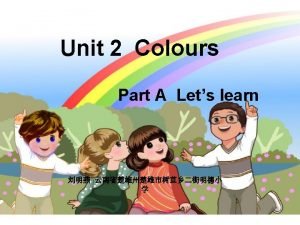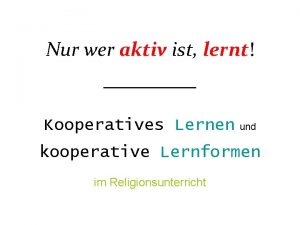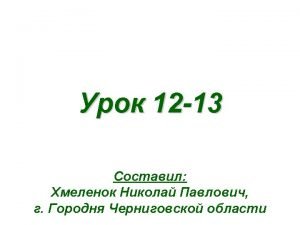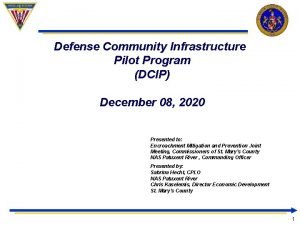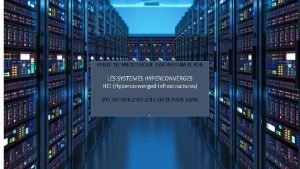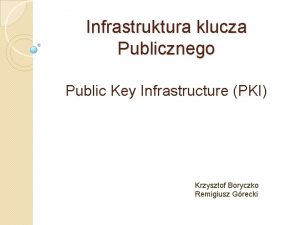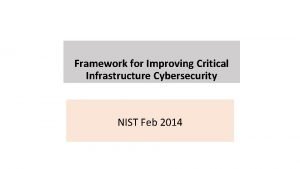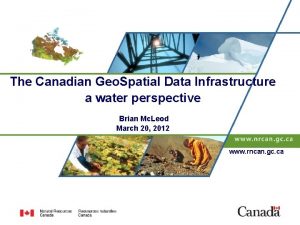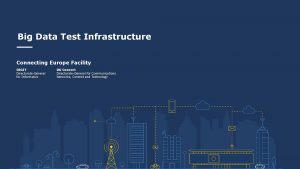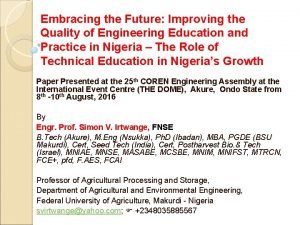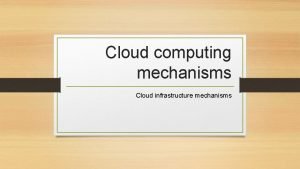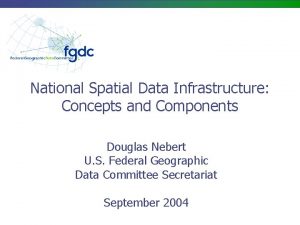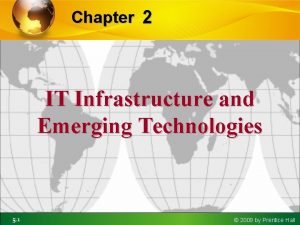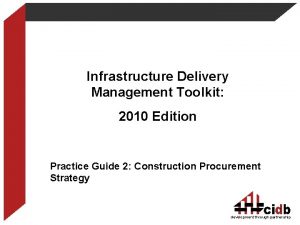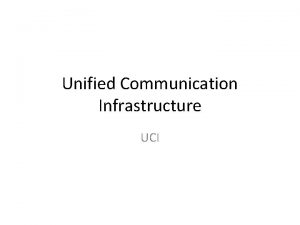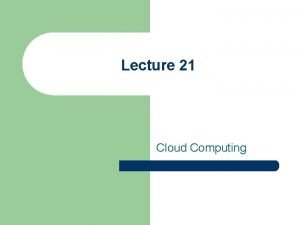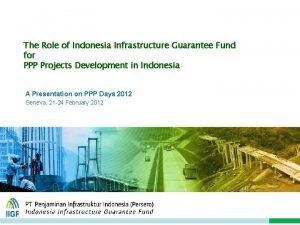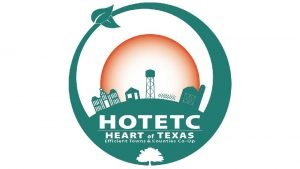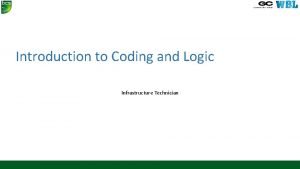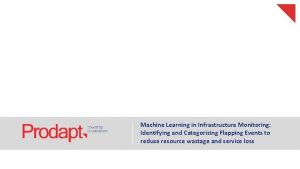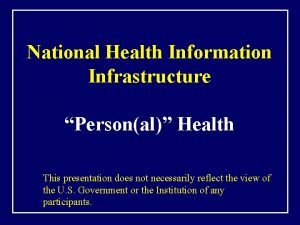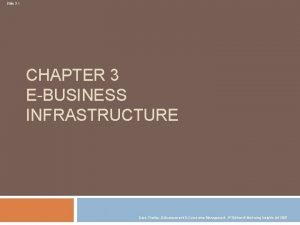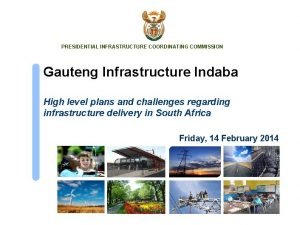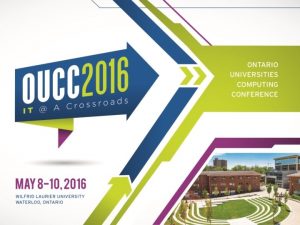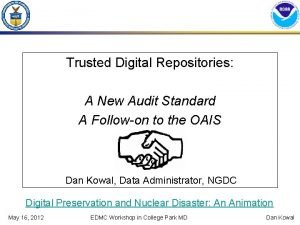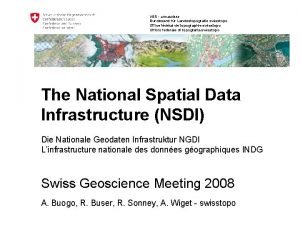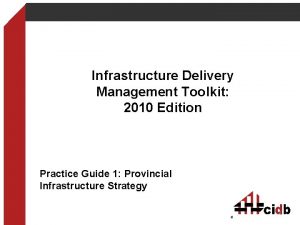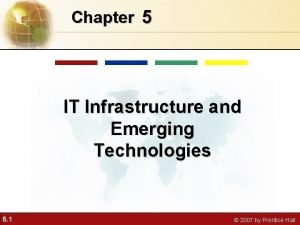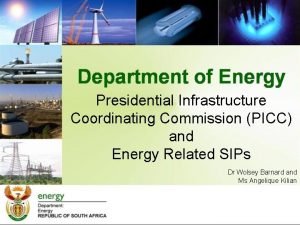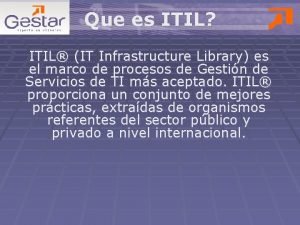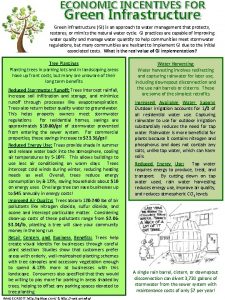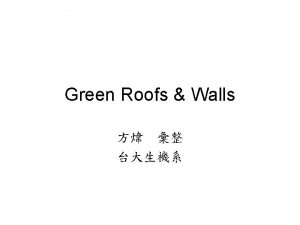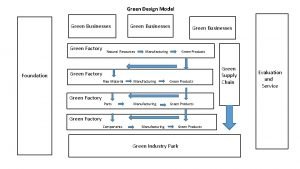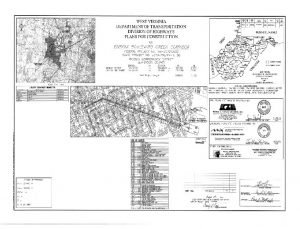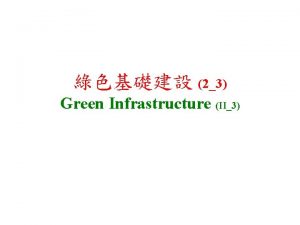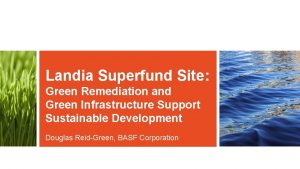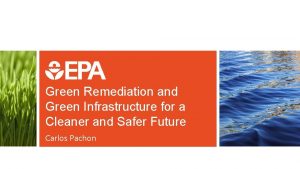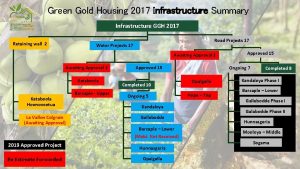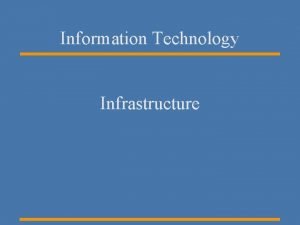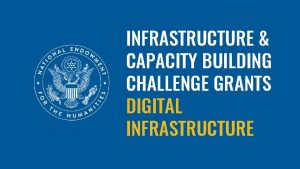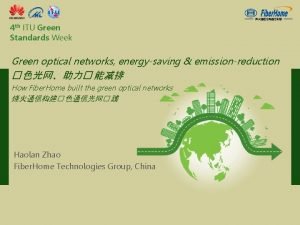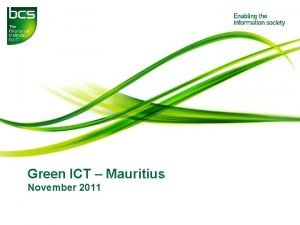1 Green Infrastructure 1 l l Green Infrastructure

































































- Slides: 65

綠色基礎建設 (1) Green Infrastructure



綠色基礎建設 (1) l l Green Infrastructure is a concept originating in the United States in the mid-1990 s that highlights the importance of the natural environment in decisions about land-use planning. There is an emphasis on the life support functions ( 維生功能) provided by a network of natural ecosystems, with an emphasis on interconnectivity ( 相互連結性) to support long-term sustainability.

綠色基礎建設 (2) l Green infrastructure is proposed to be the connective features linking different environmental elements across the rural and urban landscape, thus providing multifunctional benefits (ecological, economic and social) for diverse populations. Mell, I. c. , Green Infrastructure: Concepts, Perceptions and Its Use in Spatial Planning, Ph. D. Thesis, School of Architecture, Planning and Landscape, Newcastle University, 2010.

綠色基礎建設 (2) l Green infrastructure comprises the provision of planned networks of linked multifunctional green spaces that contribute to protecting natural habitats and biodiversity, enable response to climate change and other biosphere changes, enable more sustainable and healthy lifestyles, enhance urban liveability and wellbeing, improve the accessibility of key recreational and green assets, assist in the better long-term planning and management of green spaces and corridors and support the urban and rural economy. Countryside Agency (2006: 1)

Na tur Re e R sto ese Ur red rves ba n F Hab ita Co o r est ts ns t Ur ruc s ba ted Gr n Pa W ee rks etla n nd No Ro s n-C of Ch ar an B Gr nel icyc ee led le Ro n B Riv Ro ad uild er ute s Re Ve ing s sid rg Co ent es mm ial erc Are ial as an d. I nd us tri al Ar s ea Grey-Green Continuum Green/Grey

達 成 綠 色 基 礎 建 設 之 方 法 l l l l Room for River (還地於河) Stream Daylighting (讓河溪重見天日) Riparian Restoration (濱溪林帶重建) Constructed Wetland (人 溼地) Ecological Network (生態網路) Urban Forest (都市森林) Ecological Engineering (生態 程) Green Building (綠建築) Green Roof / Brown Roof (綠屋頂/棕色屋) Green BMP (綠色最佳管理作業) Low Impact Development (低衝擊開發) Smart Growth (智慧型成長) Green Transportation (綠色運輸)



Bringing Nature Closer to the City

Green Infrastructure for Climate Change Climate change is already with us and there is an urgent need to develop adaptive strategies. l The creative use of the green infrastructure is one of the most promising opportunities for adaptation and this needs to be recognized in the planning process at all scales. l There is real scope to climate proof new developments in the growth areas and to reintroduce functional green infrastructure during the redevelopment process in areas subject to housing market renewal. l




by Holland government

Room for the River It was recognized that continually raising the height of the dikes would not ensure long-term safety. l Objectives of Room for the River l By 2015, expand the discharge capacity of the Rhine river branches. l Increase safety and improve environmental quality of the river region. l Expand capacity to cope with higher discharges due to climate. l




Mitigation Measures 改善措施 Lowering of floodplains Dike relocation Deepening the river bed Lowering groynes Removing obstacles High-water channel













Meta-Population Theory 複合族群理論

Metapopulation Concept (1) l A metapopulation is a population of populations (Levins 1969), in which distinct subpopulations (local populations) occupy spatially separated patches of habitat. 複合族群是族群組成的族群(Levins 1969),其中個別的子族群(局部 族群)佔據空間上分隔的棲地綴塊。 l Individual subpopulations may go extinct, though the overall population persists because some subpopulations are doing well while others are performing poorly. 個別子族群可能滅絕,然而整體 族群仍然存在,雖然有一些子族 群表現不佳,但有些子族群則情 況很好。 source sink

Metapopulation Concept (2) l In metapopulations, each subpopulation is unstable (subject to random extinction and recolonization. 在複合族群中,每個子族群是不穩定( 受制於隨機滅絕與再定殖)。 l Dispersal among patches assures long term viability. 綴塊之間的遷移擴散,保證長期的生存性。 l Empty patches susceptible to colonization. 空的綴塊可以移入定殖。 source sink





























 Yellow light
Yellow light Green infrastructure
Green infrastructure Lernpyramide von green & green (2005)
Lernpyramide von green & green (2005) Green blue red yellow
Green blue red yellow Frc driver station mac
Frc driver station mac Side infrastructure
Side infrastructure Service oriented infrastructure
Service oriented infrastructure Gartner ppm converence 2012 sample presenations
Gartner ppm converence 2012 sample presenations Critical infrastructure protection board
Critical infrastructure protection board Ibm virtual desktop infrastructure
Ibm virtual desktop infrastructure Hp converged infrastructure
Hp converged infrastructure It infrastructure 101
It infrastructure 101 Centralized infrastructure
Centralized infrastructure Mutable vs immutable infrastructure
Mutable vs immutable infrastructure Computer hardware platforms in it infrastructure
Computer hardware platforms in it infrastructure Ad hoc vs infrastructure
Ad hoc vs infrastructure Aviation critical infrastructure
Aviation critical infrastructure Education splunk
Education splunk Decibels
Decibels Cloud infrastructure icon
Cloud infrastructure icon Private wan infrastructure
Private wan infrastructure Defense community infrastructure program
Defense community infrastructure program Architecture convergée
Architecture convergée Tool1s1
Tool1s1 Porter's value chain analysis
Porter's value chain analysis Suszi wszib
Suszi wszib Advanced network infrastructure
Advanced network infrastructure Nist framework for improving critical infrastructure
Nist framework for improving critical infrastructure Canadian geospatial data infrastructure
Canadian geospatial data infrastructure It infrastructure project management best practices
It infrastructure project management best practices Improving critical infrastructure cybersecurity
Improving critical infrastructure cybersecurity Big data test infrastructure
Big data test infrastructure Embracing side infrastructure
Embracing side infrastructure Logical network perimeter can
Logical network perimeter can Spatial data infrastructure components
Spatial data infrastructure components Emerging technology chapter 2
Emerging technology chapter 2 Privilege management infrastructure
Privilege management infrastructure Composable infrastructure definition
Composable infrastructure definition Aws
Aws Infrastructure delivery management toolkit
Infrastructure delivery management toolkit Infrastructure delivery management toolkit
Infrastructure delivery management toolkit Vg224 eol
Vg224 eol Cisco self defending network
Cisco self defending network Cloud infrastructure wiki
Cloud infrastructure wiki Iigf indonesia
Iigf indonesia Infrastructure failure definition
Infrastructure failure definition Bcs level 3 award in coding and logic
Bcs level 3 award in coding and logic Machine learning infrastructure monitoring
Machine learning infrastructure monitoring National health information infrastructure
National health information infrastructure E business infrastructure definition
E business infrastructure definition Presidential infrastructure coordinating commission
Presidential infrastructure coordinating commission Dcarm
Dcarm Ad hoc vs infrastructure
Ad hoc vs infrastructure Industrial-cabling-infrastructure
Industrial-cabling-infrastructure Marcos infrastructure
Marcos infrastructure History of hyperconverged infrastructure
History of hyperconverged infrastructure Infrastructure digital audit
Infrastructure digital audit Intelligent infrastructure solutions
Intelligent infrastructure solutions National spatial data infrastructure
National spatial data infrastructure Service mesh conduit
Service mesh conduit Infrastructure delivery management system
Infrastructure delivery management system Mobile messaging infrastructure
Mobile messaging infrastructure Chapter 5 it infrastructure and emerging technologies
Chapter 5 it infrastructure and emerging technologies Infrastructure and asset management
Infrastructure and asset management Presidential infrastructure coordinating commission
Presidential infrastructure coordinating commission Que es itil
Que es itil
